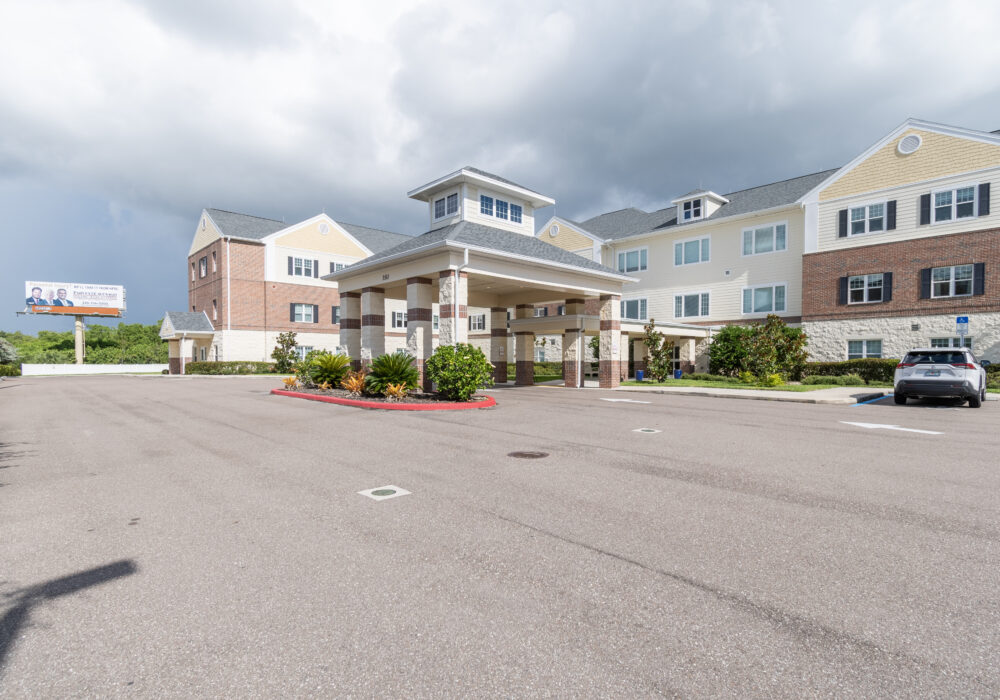
There is an alarming number of Americans living with diabetes. Nearly 10% of the population in the United States has some form of the disease, including 12 million adults 65 and over. The World Health Organization (WHO) estimates that diabetes will be the seventh leading cause of death worldwide by 2030 and the number of Americans having the disease is expected to grow to one in three by 2050.
The best way to change the course of the diabetes epidemic in America is to learn more about it and help prevent it in ourselves and loved ones. Learn more about the impact of diabetes on seniors in the United States, what it is, how to identify it, and how diabetes can be prevented and managed in seniors.
Types of Diabetes
Diabetes is a disorder that occurs when the body can not properly process sugars from food, resulting in high blood sugar levels. Over time, having too much blood sugar in your blood can negatively impact health and overall quality of life. People with diabetes either do not produce enough insulin or their bodies do not use insulin the correct way and when insulin is not used correctly or when there is not enough insulin, insulin resistance occurs. This is the precursor for type 2 diabetes. When insulin is not produced at all, it is called type 1 diabetes. Type 1 diabetes accounts for 10% of all people diagnosed with diabetes while type 2 diabetes accounts for 90%-95% of all diabetes cases.
Type 1 diabetes is diagnosed at a younger age but type 2 diabetes is more common in middle-aged and older people due to lifelong eating and lifestyle habits that put them at a higher risk for the disease. While type 2 diabetes is more prevalent, it is also more preventable and, when caught in the pre-diabetes stage, treatable.
Experience Leisure Care Senior Living
Risk Factors of Type 2 Diabetes
Exactly why type 2 diabetes occurs is unknown but there are common risk factors that seem to be contributing factors. Risk factors for type 2 diabetes include:
Weight
Being overweight is the main risk factor for type 2 diabetes but not everyone who has type 2 diabetes is overweight.
Uneven fat distribution
Those who store fat in the abdomen are at a higher risk of type 2 diabetes than others who store fat elsewhere. Men with a waist circumference above 40 inches and women with a waist circumference greater than 35 are also at an increased risk for type 2 diabetes.
Genetics
People with a family history of type 2 diabetes are at a higher risk of developing the disease themselves.
Sedentary lifestyle
Exercise helps to control weight, burns glucose as energy, and can increase cell sensitivity to insulin, all reducing the risk of type 2 diabetes.
Race
Although the reason is unclear, people who are black, Hispanic, American Indian, or Asian American are more likely to develop diabetes than white people.
Age
The risk of type 2 diabetes increases after the age of 45. This may be due to loss of muscle mass and weight gain. However, type 2 diabetes is also increasing among the younger generations.
Pre-diabetes and/or gestational diabetes diagnosis
Being diagnosed with pre-diabetes (high blood sugar levels that are not high enough to be diagnosed with diabetes) or gestational diabetes (diabetes during pregnancy) may indicate a higher risk of ultimately developing type 2 diabetes. There is also a link between delivering a baby over 9 pounds and an increased risk of type 2 diabetes.
Polycystic ovarian syndrome (PCOS)
Polycystic ovarian syndrome is a common condition affecting women and is characterized by irregular menstrual cycles, excess hair growth, and obesity. PCOS has been linked to an increased risk of type 2 diabetes.
Symptoms of Type 2 Diabetes
Many people have diabetes for years without realizing the condition untreated, which can cause significant damage to overall health and wellness.
Symptoms of type 2 diabetes include:
- Increased thirst
- Frequent urination
- Increased hunger
- Weight loss
- Fatigue
- Blurred vision
- Frequent infections
- Slow-healing sores
- Areas of darkened skin around the armpits and neck
If you notice these symptoms in yourself or a loved one, contact a medical professional immediately.
Diagnosing Diabetes
When diabetes is not managed properly it can have a drastic impact on health. According to the Centers for Disease Control, diabetes is the leading cause of kidney failure, lower limb amputation, and adult-onset blindness. Additionally, more than 50% of people with type 2 diabetes die from cardiovascular disease and 70% have to be treated for hypertension. People with type 2 diabetes are twice as likely to suffer from a stroke or heart attack as those without the disease.
To diagnose diabetes, doctors run several simple blood tests. These tests can involve fasting before the blood draw. Ask your medical provider about any fasting requirements prior to your appointment.
Managing Diabetes
There is no cure for diabetes but there are ways to manage diabetes. There are medications that can help regulate blood sugar including Metformin and insulin therapy through injections and pumps.
For those living with type 2 diabetes, the most important part of treatment is making positive lifestyle choices and eating habits. Regular exercise and a plant-based diet are part of any type 2 treatment plan. In fact, one study found that 10% of participants who exercised for 175 minutes each week (25 minutes/day), ate between 1,200 and 1,800 calories per day while receiving education on healthy lifestyle choices were able to stop taking their diabetes medication and had blood sugars no longer in the diabetic range.
Do you or a loved one have diabetes? How have you changed your lifestyle to manage the condition? Share your experiences with us in the comments below. We’d love to hear from you!
Find a Leisure Care Community
Better with age, exceptional with us! Come and see how Leisure Care communities are helping seniors rediscover (and sometimes reinvent) themselves.








